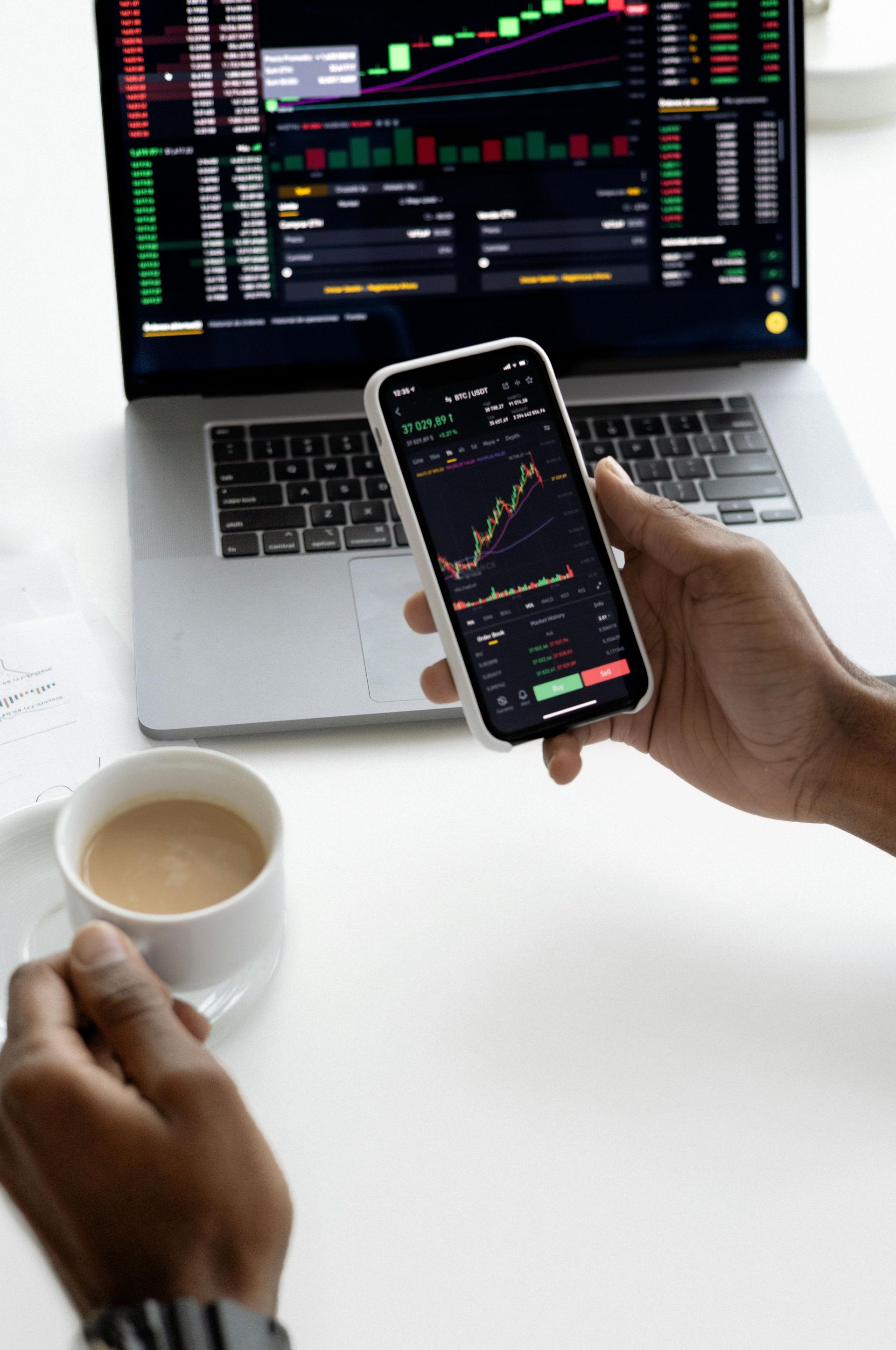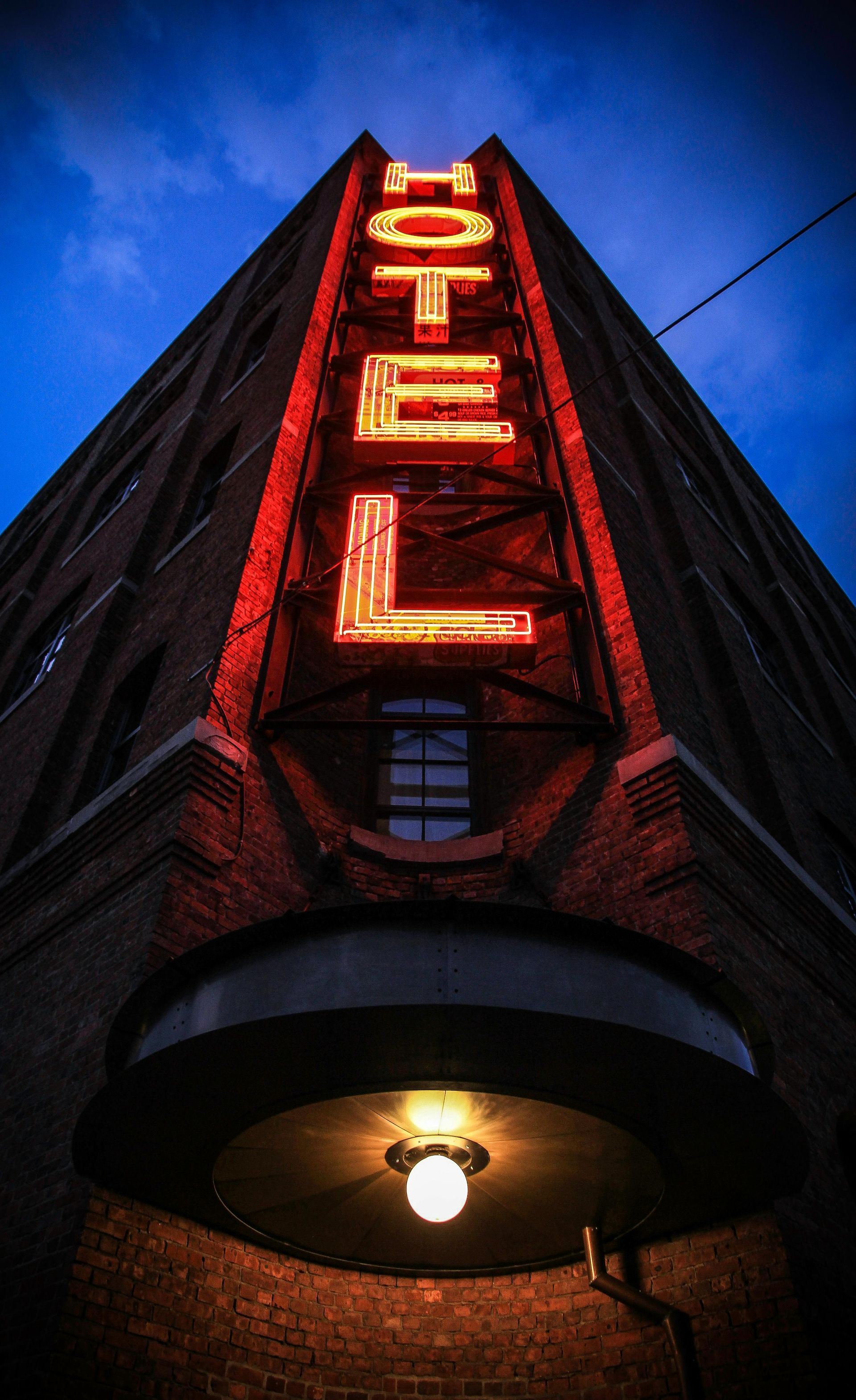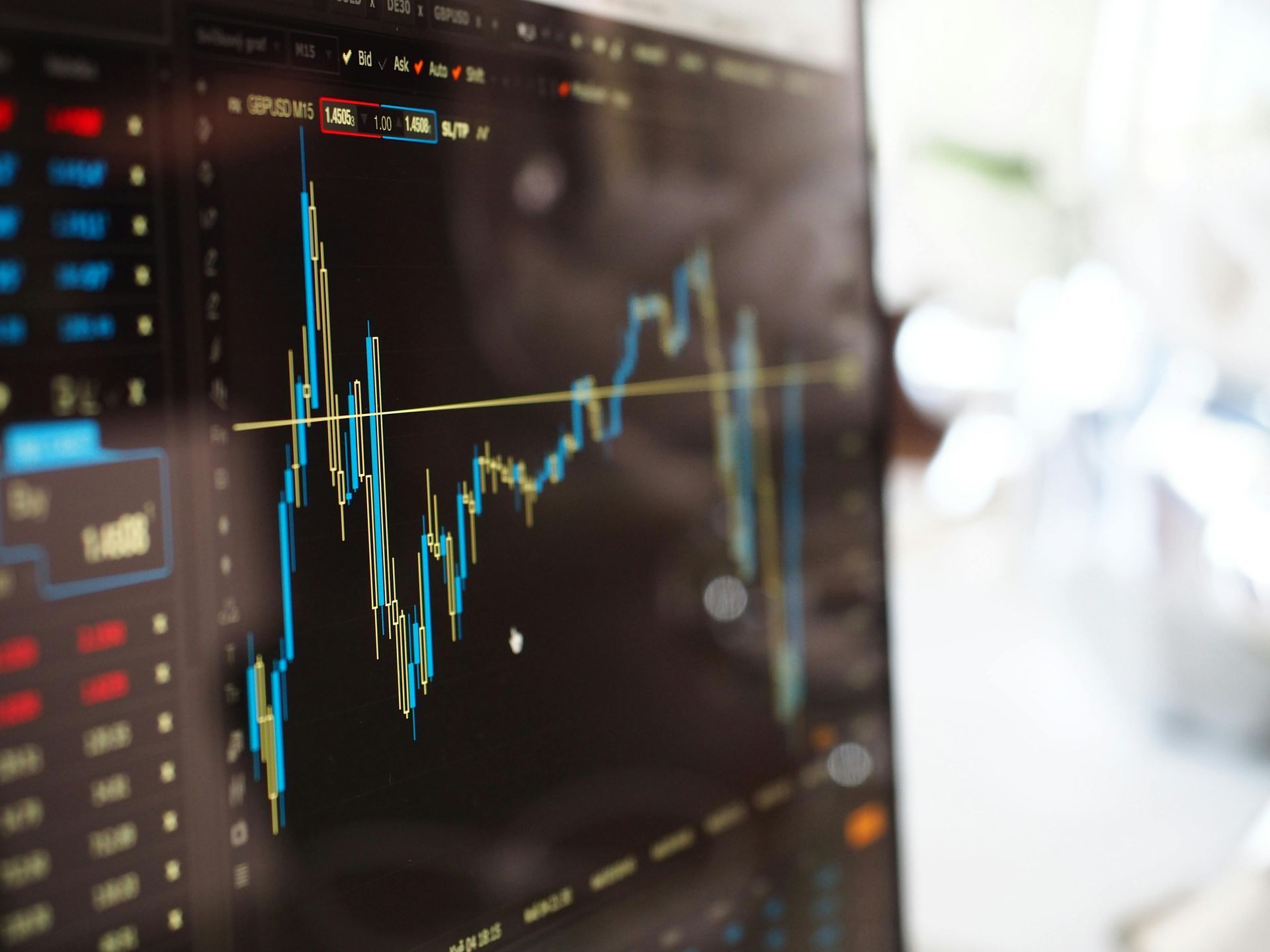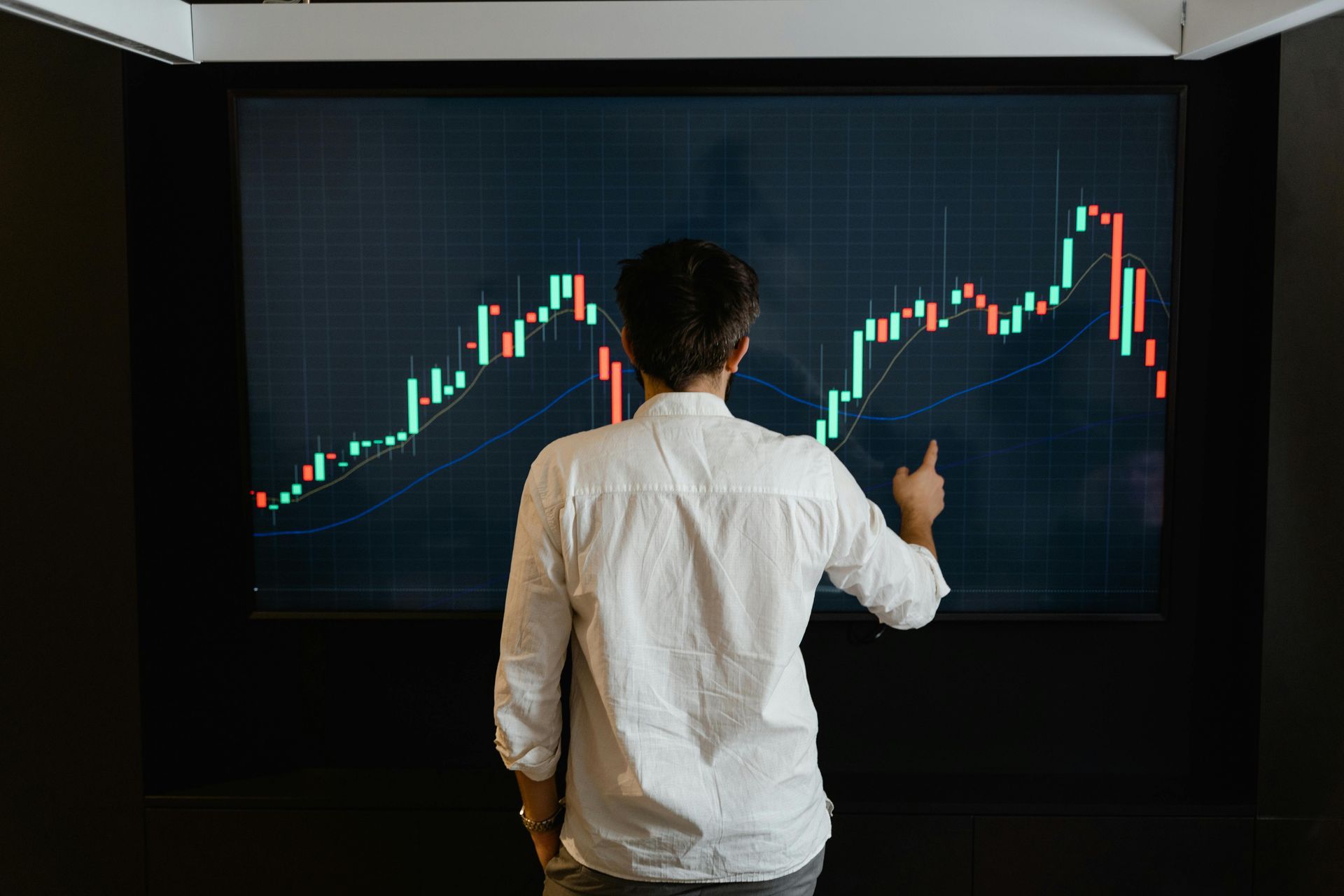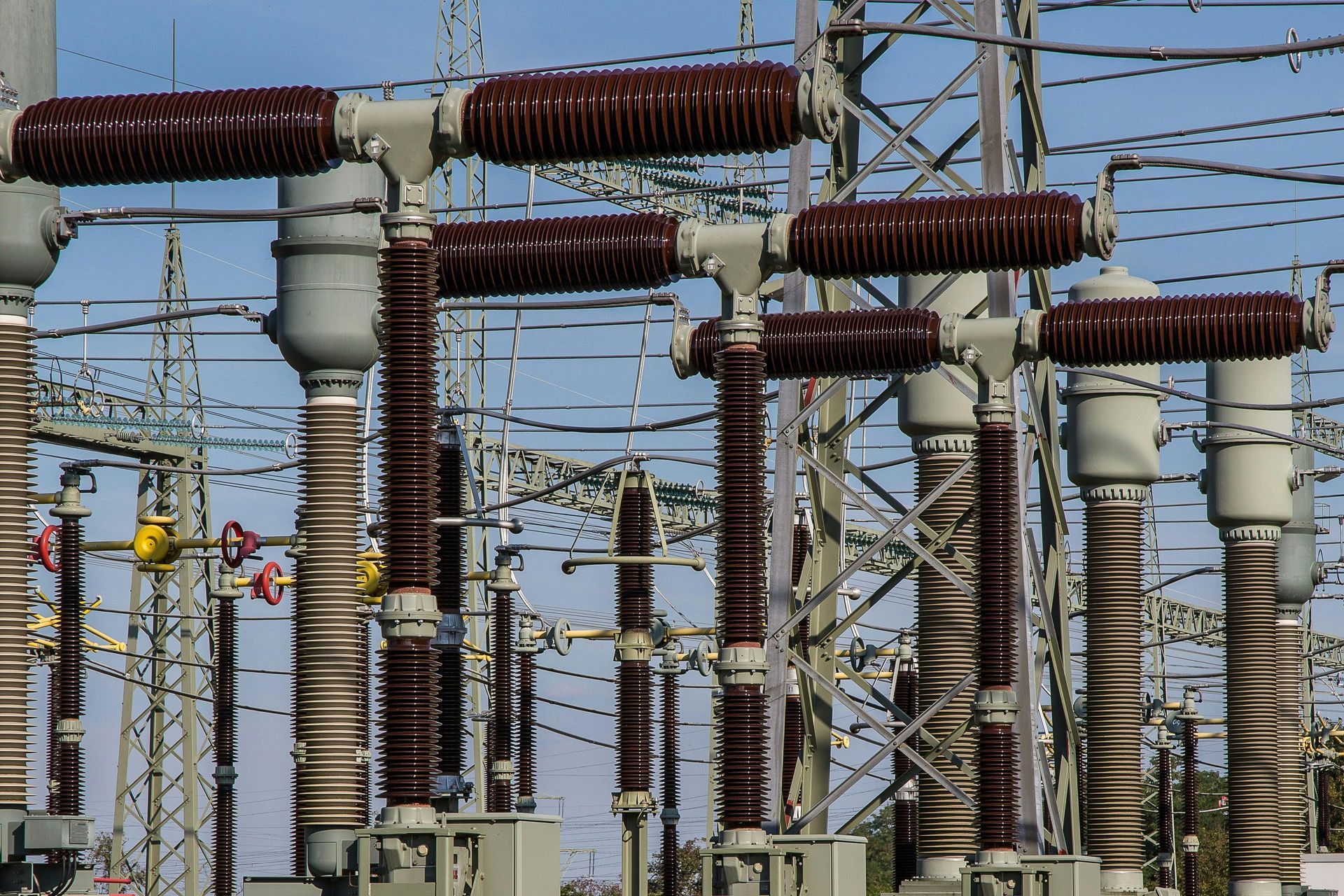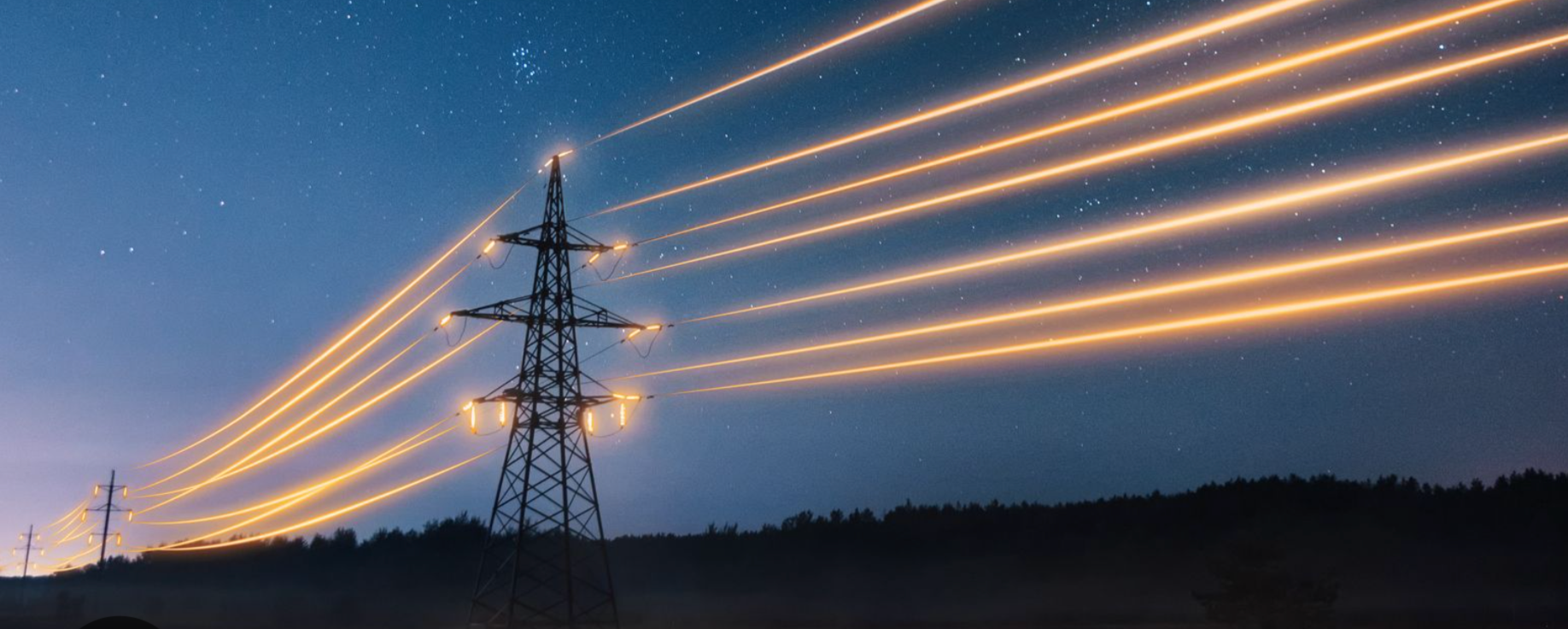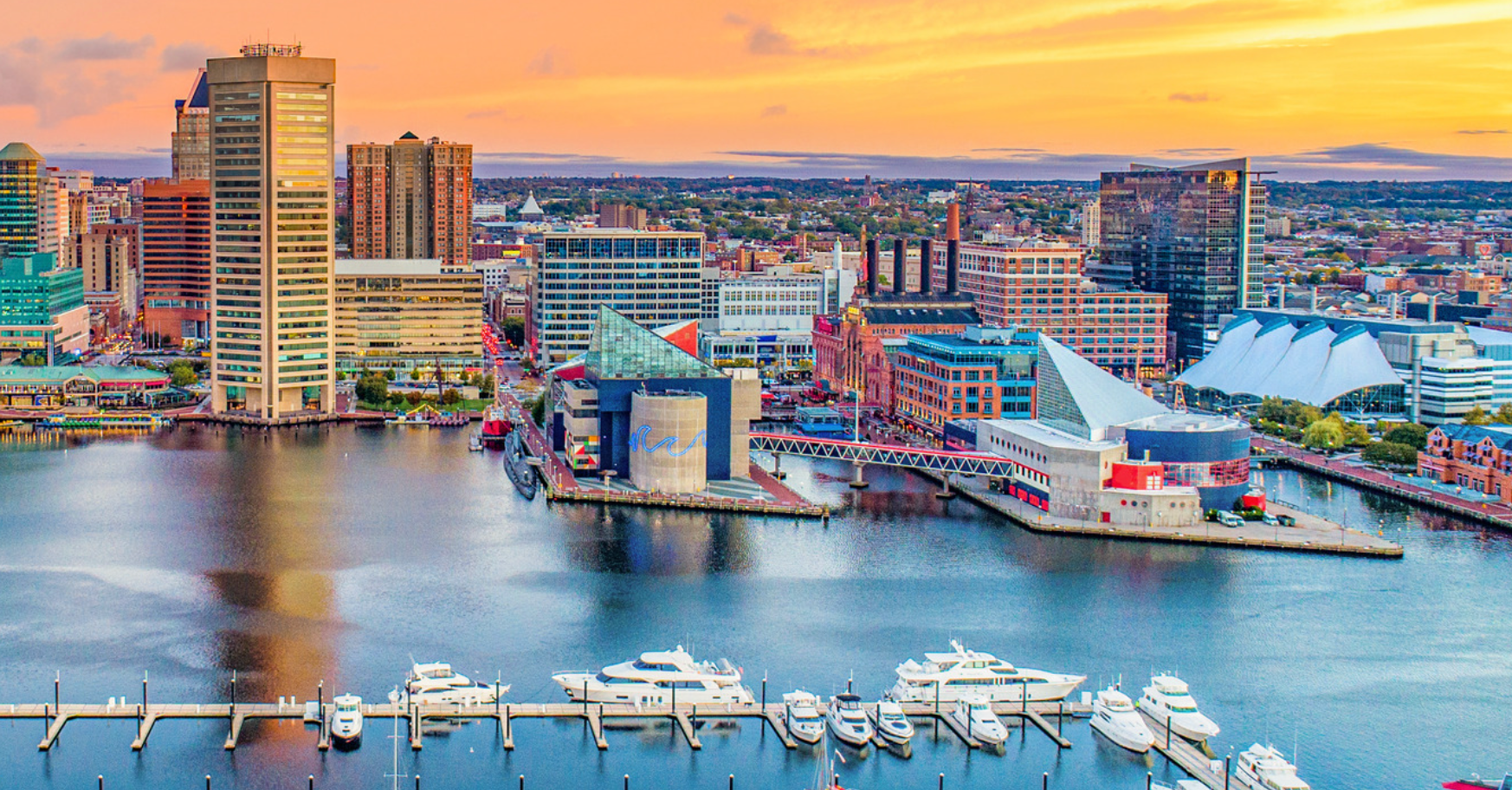Understanding ComEd Pricing Options: A Strategic Guide for Hotel Owners
ComEd Time-of-Day Pricing vs. Supplier Index Day-Ahead Rates:
A Hotel Owner’s Guide

As an energy procurement professional serving several hotels across Illinois for nearly 2 decades, I’m often asked about ComEd's pricing structures and how they impact hospitality operations. With the widespread implementation of smart meters, hotel owners now have unprecedented control over their electricity costs. Let's break down two significant options that could reshape your energy strategy:
1.
ComEd's Time-of-Day (ToD) Pricing
2.
Index-Based Day-Ahead Pricing through Suppliers
Both have pros and cons, but choosing the right plan depends on how and when your property uses power.
The Hotel Industry's Unique Energy Profile
Before diving into pricing structures, it's crucial to understand why this matters specifically for hotels. Unlike typical commercial properties, hotels experience peak energy demand during guest check-in times and evening hours, with 60-70% of electricity consumption occurring during these periods. This unique usage pattern makes your pricing strategy particularly important.
How Time-of-Day Pricing Works
ComEd’s Time-of-Day Pricing divides the day into three time blocks during the summer (June–September):
- Off-Peak (10 p.m. – 6 a.m.) — 2.447¢/kWh
- Peak (6 a.m. – 2 p.m. & 7 p.m. – 10 p.m.) — 3.970¢/kWh
- Super Peak (2 p.m. – 7 p.m.) — 6.117¢/kWh
The pricing is fixed by time of day, giving predictability for budgeting. This is ideal if your operations can shift usage out of Super Peak hours.
How the Day-Ahead Index Works
If you choose a third-party supplier offering an Index Product, you’re buying energy based on the ComEd Day-Ahead market, where hourly prices are set a day in advance. Your supplier passes 100% of these wholesale prices through to you—without any fixed retail markup on the energy portion.
This structure may offer substantial savings—especially during overnight or off-peak hours, when wholesale prices frequently fall below 1¢/kWh, and occasionally go negative. In those rare cases, your bill reflects a credit for using electricity during those hours—because the market itself is pricing energy below zero, not because the supplier is paying you.
Why Hotels Should Pay Attention
Unlike typical households, hotels use 65–70% of their electricity in the late afternoon and evening—right when guests arrive, check in, crank up A/C or heat, turn on TVs, lighting, and plug-in devices. Many rooms stay active until late at night, and early-morning routines drive another usage spike. That means the time-based cost of electricity matters more in hospitality than in almost any other sector.
Additional Considerations for Hotels
- Guest Comfort vs. Energy Cost: Index pricing allows hotels to leverage automation—for example, delaying hallway or exterior lighting until after peak, adjusting thermostats intelligently, or shifting laundry operations to low-cost hours.
- Billing Simplicity: Time-of-Day is billed directly through ComEd. Index pricing usually comes from your chosen supplier, but delivery charges still appear from ComEd—making rebate eligibility 100% intact either way.
- Market Trends: Recent ComEd Day-Ahead market data has shown evening hours dipping below 1¢/kWh, and in some cases turning negative. Hotels can take advantage by syncing load to those hours where practical.
Expert Insight: Recent Market Trends
Our analysis of recent ComEd Day-Ahead market data reveals increasing opportunities for savings, particularly during evening hours where rates have occasionally dropped below 1¢/kWh. This trend is especially relevant for hotels with significant overnight operations.
Taking Action
Whether you're considering Time-of-Day or Index pricing, the key is making an informed decision based on your property's specific needs. As your energy procurement partner, we can:
1. Analyze your current usage patterns
2. Model potential savings under different pricing structures
3. Recommend optimal strategies for your property
4. Implement energy-saving solutions that complement your chosen pricing structure
Final Thoughts
If your hotel has predictable, inflexible evening usage and you want simplicity, ComEd’s Time-of-Day Pricing may offer value—but be aware that you’ll pay a premium between 2–7 p.m. and again between 7–10 p.m., when guest activity peaks.
On the other hand, if you’re open to market-based pricing and have systems or behaviors in place to respond to hourly price signals, a 4-month Index Product through a supplier can offer real upside—especially in spring and summer when overnight pricing is often at its lowest.
Ready to optimize your hotel's energy strategy? Contact our team at 312.520.4220, email support@goananta.com, or visit www.goananta.com to learn more about which pricing structure best suits your property.

